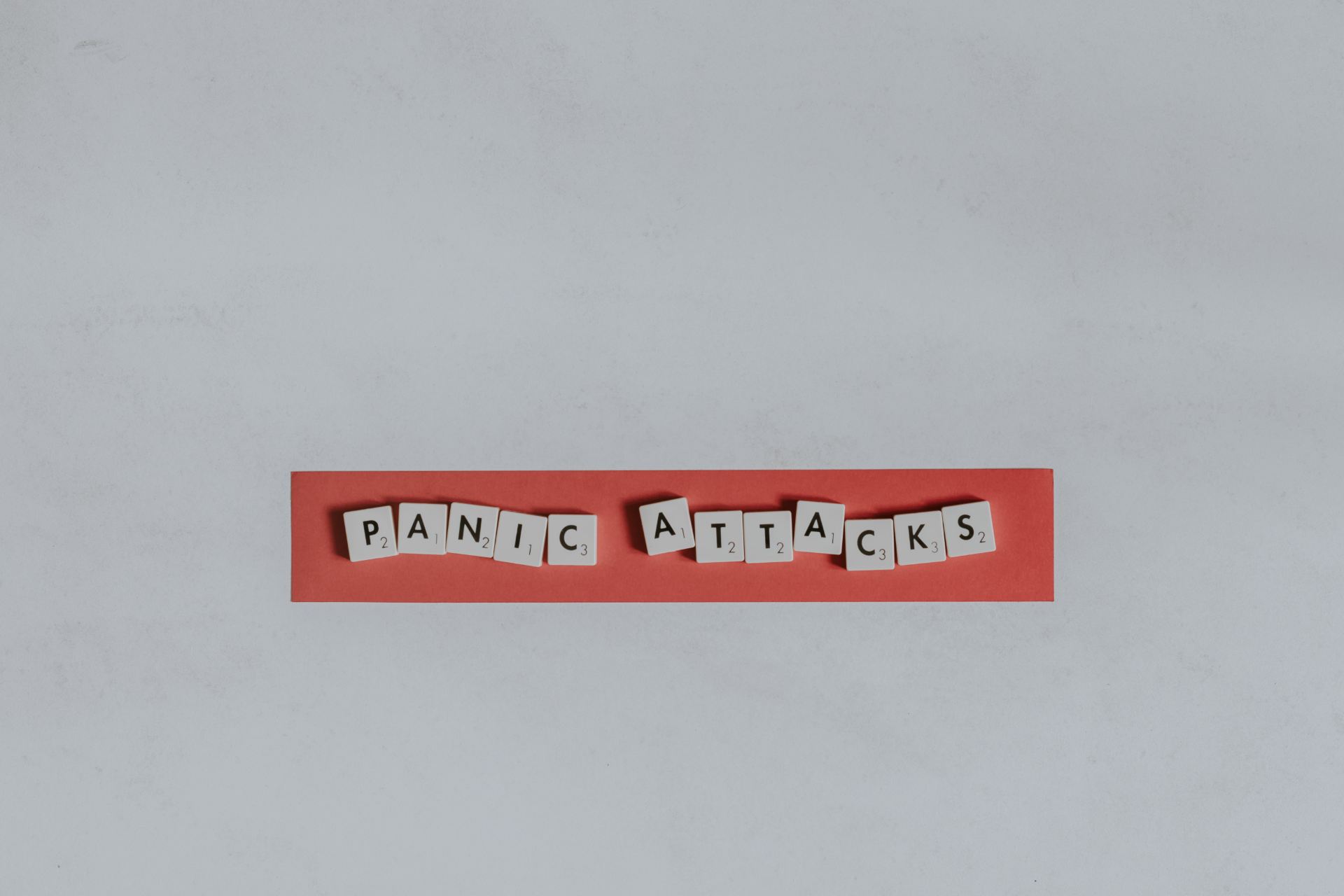Hi, I'm Louis. I'm a Masters student studying Media and Culture with a passion for film, music, philosophy and writing. On top of these interests, I'm also interested in mental health, politics and travel.

If you suffer from anxiety of any kind, you probably know the general tips to improve your symptoms: get better sleep, drink less caffeine, exercise more, etc. Long term, these tips can improve your life immensely. But what about short term? What do you do if you’re about to have a panic attack in class? You can’t take a nap or start doing jumping jacks. You need relief now. This is where grounding techniques come in.
Grounding combats that familiar feeling anxiety creates before the onset of panic, when your body goes numb, your thoughts speed out of control, and you feel as if you’re drifting away; it brings you back down to earth. Grounding techniques are quick and effective ways to bring you back to the present and soothe your sympathetic nervous system (responsible for the release of adrenaline that marks the fight/flight/freeze response). There are dozens of techniques out there that you can find yourself, but below are just a few that have worked for me in the past, to help you get started.
Box Breathing
Also known as ‘square breathing’, this technique is especially good for slowing hyperventilation. Simply take a deep breath for 4 seconds; hold it for 4 seconds; and exhale for 4 seconds. Then repeat. The reason your breath speeds up during an anxious episode is to send more oxygen and blood to your muscles, preparing you to run or fight. Since you need neither to run nor fight during a seminar, it’s good to learn how to short-circuit this response by slowing your breathing. There are longer techniques for this – the 7/11 technique, for example, where you inhale for 7 seconds and exhale for 11 – but these are harder when you can barely catch your breath, and box breathing may help you build into longer strategies in a pinch. For added effectiveness, try tensing your muscles when you inhale and relaxing them as you exhale.
5, 4, 3, 2, 1
After you’ve got your breathing under control, you can work on your thoughts. The 5, 4, 3, 2, 1 technique is the best way to connect with the present moment: just name 5 things you can see, 4 things you can touch, 3 things you can hear, 2 things you can smell, and 1 thing you can taste. This simple exercise helps stop anxious thoughts – whether they’re overwhelming fears that all your friends hate you or intrusive images of your imminent death – in their tracks, replacing them with calming observations that anchor you in the here and now.
Plan An Activity
Now that you know you’re safe in the present moment, you can remind yourself of the good things in your life. Planning an activity, even one that you know you won’t really do, allows you to think about the things you enjoy and the people in your life in a comforting narrative structure. Maybe you feel most calm around nature, with your flatmates; tonight, you can invite them to walk around West Common with you. What time will you go? Who can definitely come? What can you do with them before or after? These questions subtly shift your mind from negative thought patterns to affirmations of the things in life you can rely on.
These are just some techniques I’ve relied in before – there are countless more, including variations on the few I’ve mentioned, that might suit you better. Below are a handful of resources from mental-health organizations that you can explore to find what best helps you get away from your thoughts when they turn against you.
Extra Resources
- Healthline – ‘30 Grounding Techniques to Quiet Distressing Thoughts’ https://www.healthline.com/health/grounding-techniques/
- Young Minds – ‘The Grounding Technique That Helps Me When I’m Anxious’ https://www.youngminds.org.uk/young-person/blog/the-grounding-technique-that-helps-me-when-i-m-anxious/
- Therapist Aid – ‘Grounding Techniques’ https://www.therapistaid.com/therapy-article/grounding-techniques-article
- Choose Mental Health – ‘25 Grounding Techniques for Anxiety’ https://choosementalhealth.org/25-grounding-techniques-for-anxiety/
- Talk Space – ‘8 Grounding Techniques for When You’re Feeling Overwhelmed’ https://www.talkspace.com/blog/grounding-techniques-anxiety/



